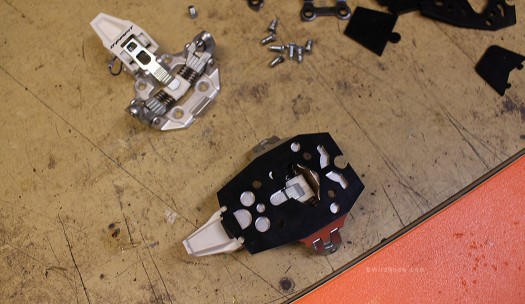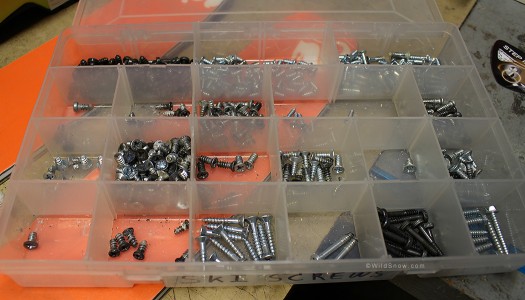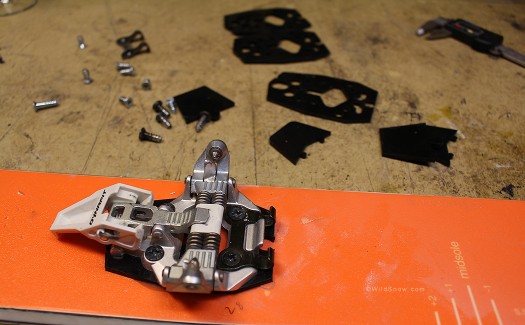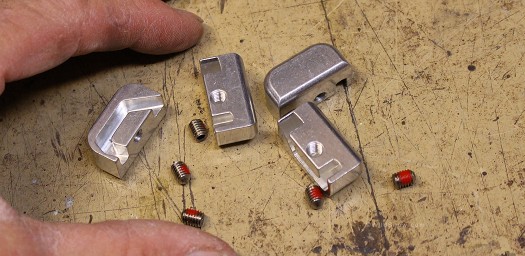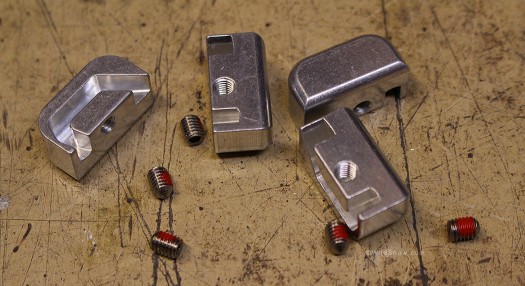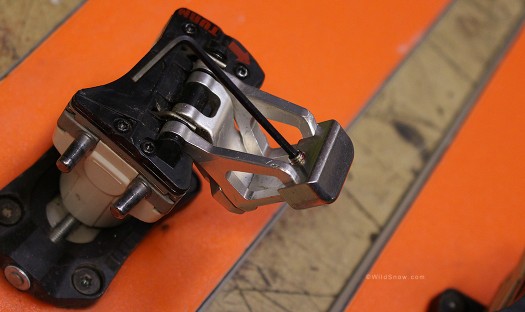B&D skinny 3 mm plates on Speed Radical make about the same delta (ramp) as earlier TLT, which I like. The plates are somewhat “universal” in that they have holes for the two Dynafit screw patterns, as well as optional extenders for front and back when used with different bindings. Very nicely done and will work for just about any tech binding toe (optional user trimming is possible as well). Check out my install on a cult ski.
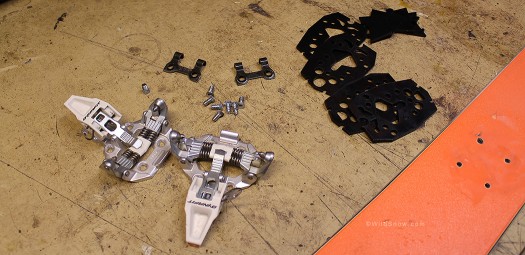
A couple pair of shims. When installing don't forget crampon mounts or the rear screws will insert a few mm deeper and may damage your skis. Speaking of screws, I happened to have some of the correct length. Talk to B&D about options or perhaps you have a resource such as a local shop.
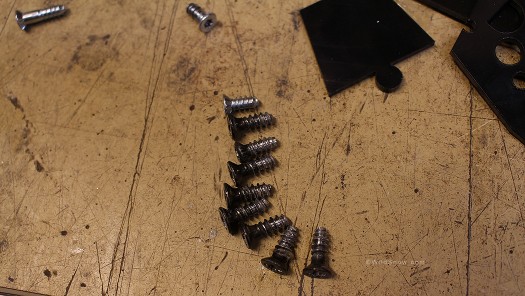
The screws I found were about 2 mm longer than stock, which was enough for this strong ski, with epoxy of course. If you're big or ski aggressively, be more careful to match exact OEM protrusion length.
WildSnow.com publisher emeritus and founder Lou (Louis Dawson) has a 50+ years career in climbing, backcountry skiing and ski mountaineering. He was the first person in history to ski down all 54 Colorado 14,000-foot peaks, has authored numerous books about about backcountry skiing, and has skied from the summit of Denali in Alaska, North America’s highest mountain.

